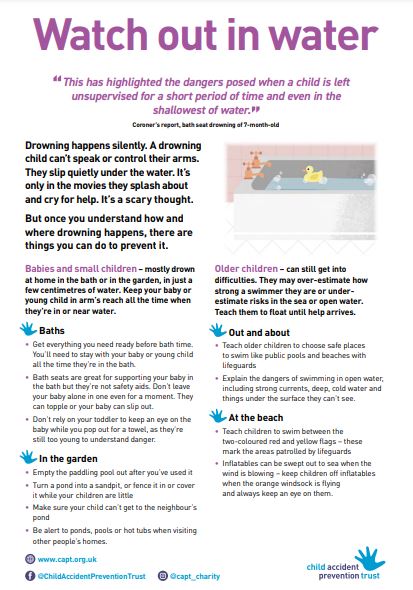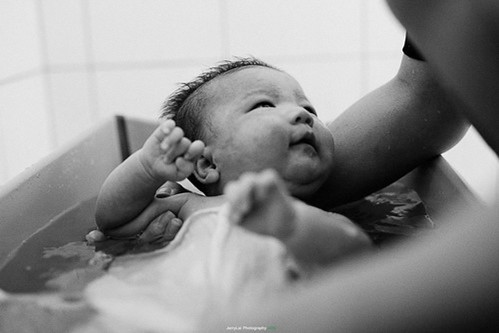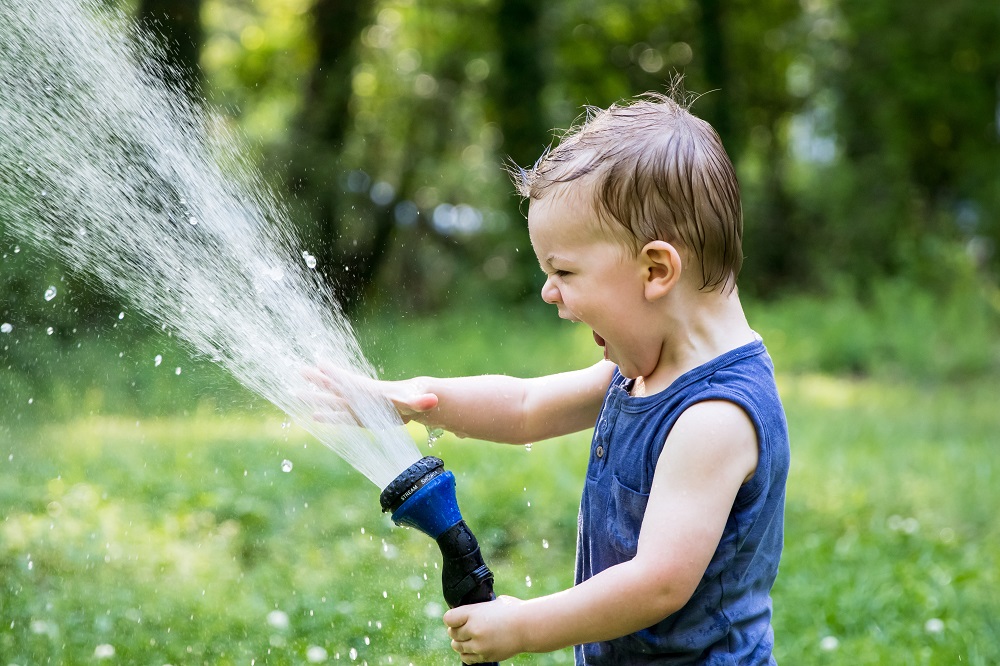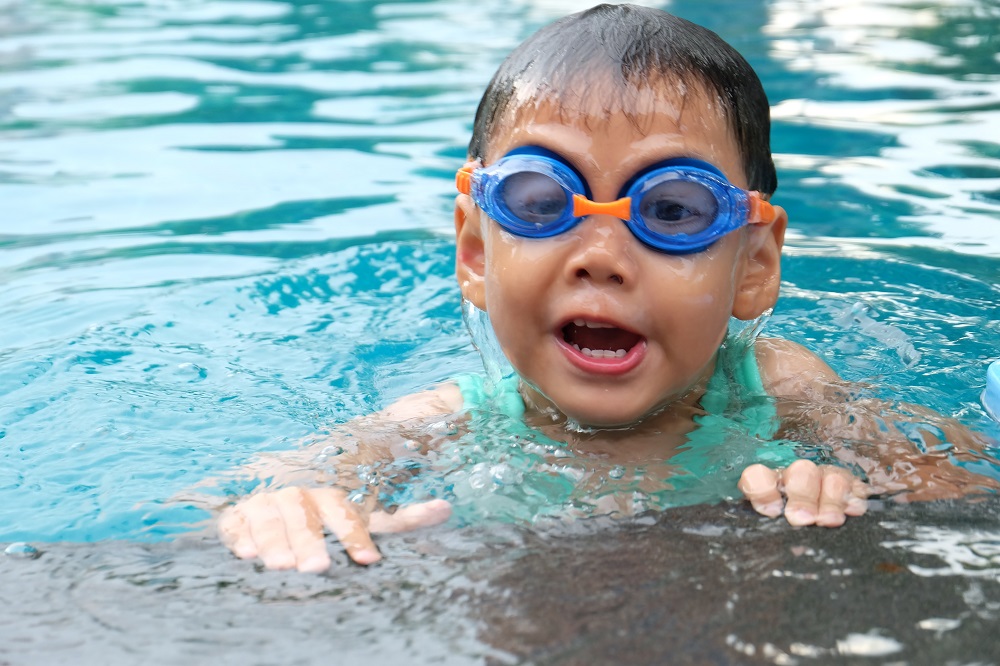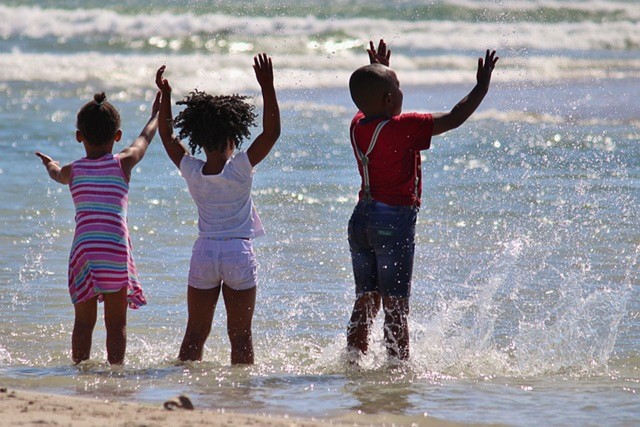Drowning happens silently. A drowning child can’t speak or control their arms. They slip quietly under the water. It’s only in the movies they splash about and cry for help. It’s a scary thought. But once you understand how and where drowning happens, there are things you can do to prevent it.
Babies and small children – mostly drown at home in the bath or in the garden, in just a few centimetres of water. Keep your baby or young child in arm’s reach all the time when they’re in or near water.
Baths
• Get everything you need ready before bath time. You’ll need to stay with your baby or young child
all the time they’re in the bath.
• Bath seats are great for supporting your baby in the bath but they’re not safety aids. Don’t leave your baby alone in one even for a moment. They can topple or your baby can slip out.
• Don’t rely on your toddler to keep an eye on the baby while you pop out for a towel, as they’re still too young to understand danger.
In the garden
• Empty the paddling pool out after you’ve used it
• Turn a pond into a sandpit, or fence it in or cover it while your children are little
• Make sure your child can’t get to the neighbour’s pond
• Be alert to ponds, pools or hot tubs when visiting other people’s homes.
Older children – can still get into difficulties.
They may over-estimate how strong a swimmer they are or underestimate risks in the sea or open water.
Teach them to float until help arrives.
Out and about
• Teach older children to choose safe places to swim like public pools and beaches with lifeguards
• Explain the dangers of swimming in open water, including strong currents, deep, cold water and things under the surface they can’t see.
At the beach
• Teach children to swim between the two-coloured red and yellow flags – these mark the areas patrolled by lifeguards
• Inflatables can be swept out to sea when the wind is blowing – keep children off inflatables when the orange windsock is flying and always keep an eye on them.


